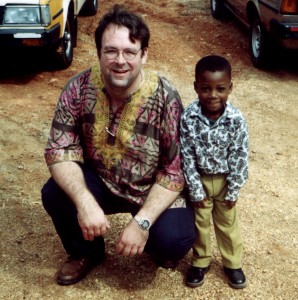 You may have noticed there’s a lot of yelling going on in Science Fiction and Fantasy these days. Some yell because they’re angry. Some yell because they’re sick of the yelling. Others yell to be trolls. And the cycle never seems to end. I’m not much for yelling myself. It may serve as a great vent for your emotions, but it rarely actually serves to change anyone’s mind. Instead, it often makes people tune you out. BUT on the other hand, there are things I and every writer can do to make things better. So for this week’s Write Tip, I thought I’d suggest a few.
You may have noticed there’s a lot of yelling going on in Science Fiction and Fantasy these days. Some yell because they’re angry. Some yell because they’re sick of the yelling. Others yell to be trolls. And the cycle never seems to end. I’m not much for yelling myself. It may serve as a great vent for your emotions, but it rarely actually serves to change anyone’s mind. Instead, it often makes people tune you out. BUT on the other hand, there are things I and every writer can do to make things better. So for this week’s Write Tip, I thought I’d suggest a few.
1) Don’t Write the World as it is but As You Want It To Be. — It’s real easy to complain about the world not changing or wishing it were better. But one of the great advantages of speculative fiction is that writers can invent worlds and make them into what they want them to be. Take advantage of it. Don’t just imagine the pessimistic world in which you live. Imagine one that’s better. Write a world that models what you’d like our world’s future to be. It’s a great way to demonstrate possible viable changes in attitude, culture, etc. without preaching at people. It’s also often a lot more pleasant experience for yourself and readers. And it certainly would help avoid a lot of cliches and rehashing that so commonly occur.
2) Avoid Placing Female and Minority Characters Solely in Traditional Roles. — Just as the world can be whatever you want it to be in your imagination, so can people. NO housewives or Mexican gardeners. Instead, you can write of black women in power or gays in a majority, etc. You can invert the norms you see around you and imagine roles for people that might not exist yet. This is another way to demonstrate a viable future without preaching, and to promote positive change in the process.
3) If You Want Diversity, Write It. — Seriously. It’s very easy to write what you know. And sometimes that means falling back into writing about people like you. But the world is full of people who don’t look and act like you, and if you’re creating a world that can be even more so the case. So if you want to see it, make it so, as Captain Picard might say. If you can imagine it, you can write it, and what a great way to paint images that stimulate the imaginations of others by doing so.
4) Don’t Preach A Message, Show It In Action. — Yep, Show vs. Tell even applies to this. People hate being preached at. Sometimes, even if they agree with you. So instead of pounding them over the head with message fiction, just demonstrate the results of what you desire to see. Not just with the setting and characters, but the actions, dialogue and culture surrounding them. Model the future you’d like to see. Write it so it’s real for readers. Because chances are, if they couldn’t imagine it before, you can enable them to. And imagination is always a key step to real change in cultures and societies. That’s one reason the arts have always been so powerful.
5) Channel Your Passions. — There’s a lot of anger going on for many reasons in our world today. And the Science Fiction and Fantasy community is certainly no different. Channel your passion into great storytelling. Worry less about preaching or arguing with people and more about telling stories that will inspire them to change themselves and want to change the world. Sounds hard, I know, but the list of books that have influenced the world for the better is a long one. And I know more top selling authors who avoid politics and religion and instead bring out their ideas through good stories than I do who spend hours and hours arguing and angrily decrying those who don’t share their beliefs. Certainly there’s a time and place for that, but being nasty creates an ambiance, frankly, whether you’re wrong or right, and that can affect readership and publication. Readers want to read pleasant people. And publishers want to work with pleasant authors. I know you’re passionate. You’re an artist. You have to be. But just remember that the bigger the audience and outlet, the more people hear you, and it’s easier to be heard with great art than angry diatribes. By channeling your emotions into characters and story, you can add a vivid reality to your storytelling that will speak louder than you ever could alone, really affecting and connecting with reader’s hearts.
6) Be The Kind Of Citizen You Want Others To Be. — Okay, I admit, this one is inspired by my belief in “doing unto others,” a biblical notion. But it really does ring true. If you treat others with respect and kindness, most will return the same to you. If you want equality, treat others as equals. If you want respect, be respectful. If you want to see diversity, surround yourself purposefully with diverse people. Go where you can meet them, get to know them, interact and befriend them, and hang out. I could go on and on, but I won’t. I just know that some of my best friends and best teachers have been people I met in places an upper middle class white boy from Kansas would never expect to be. And those have stuck with me for a lifetime. It’s transforming to see the world through others’ eyes, but you can’t do it if you don’t take time to know others who aren’t like you and listen to them. Chances are, if you surround yourself with diversity, readers will be encouraged to do the same. It’ll also infuse your writing and worldbuilding for all the suggestions I made above. And you’ll be seen as someone who lives what they believe, not just someone who suggests it in words alone.
Well, there you have six suggestions, some easier than others, but all truly possible, for how you can make Science Fiction and Fantasy better. I hope some of you will try them. I have been and will continue to do so. I know there’s room for improvement, but I want to make change, not just talk about it. How about you?

Bryan Thomas Schmidt is an author and editor of adult and children’s speculative fiction. His debut novel, The Worker Prince (2011) received Honorable Mention on Barnes & Noble Book Club’s Year’s Best Science Fiction Releases for 2011. His short stories have appeared in magazines, anthologies and online. He edited the anthologies Space Battles: Full Throttle Space Tales #6 (2012), Beyond The Sun (2013), Raygun Chronicles: Space Opera For a New Age (2013) and coedited Shattered Shields (Bean, 2014) with Jennifer Brozek and is working on Monster Corp., A Red Day, Mission Tomorrow, andGaslamp Terrors, among others. He hosts #sffwrtcht (Science Fiction & Fantasy Writer’s Chat) Wednesdays at 9 pm ET on Twitter.


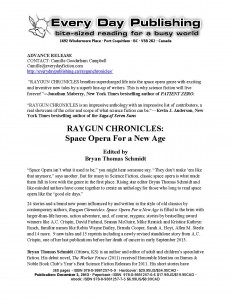
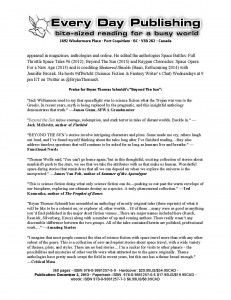
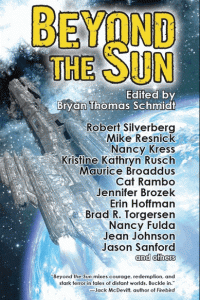
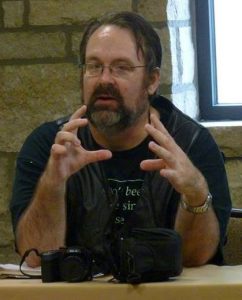
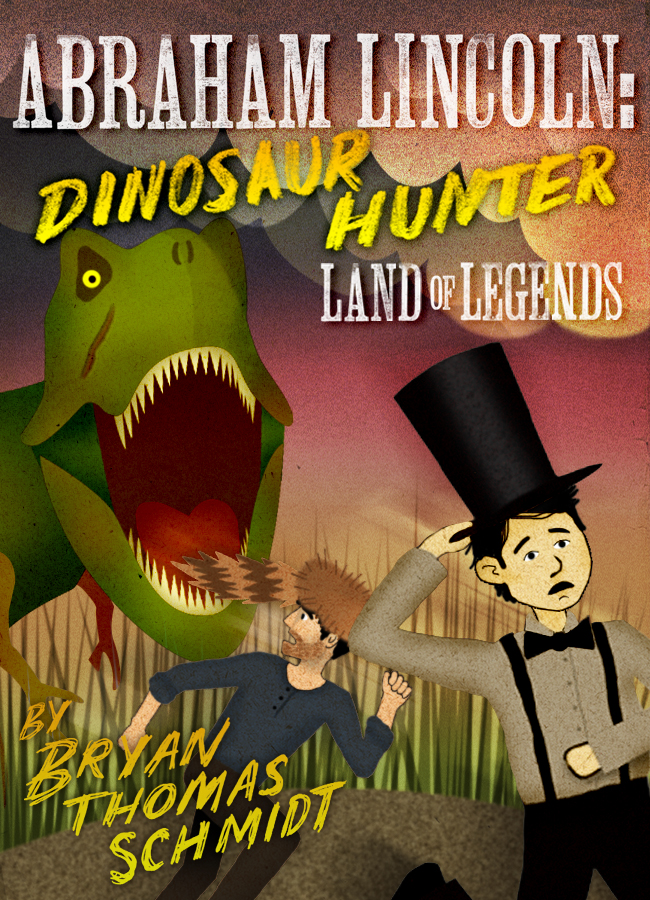
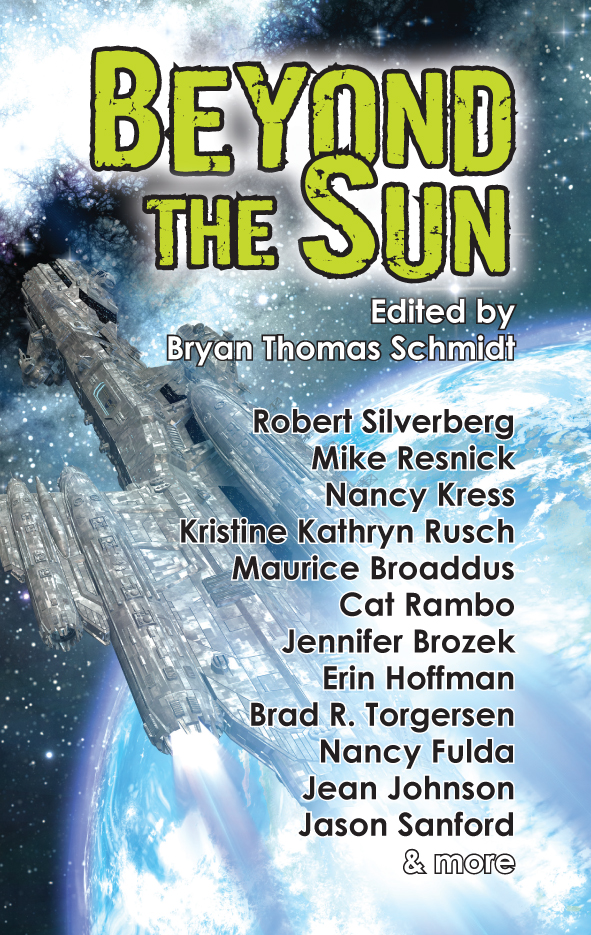
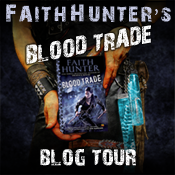
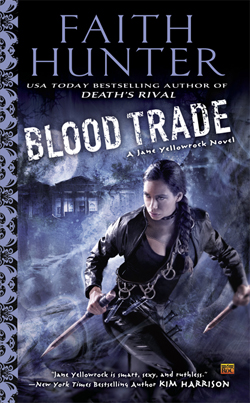 Be willing to try new things. One of the worst things writers can do is let their writing get stale. Take a break, write something different every now and again. I have been writing inside the Jane Yellowrock world, but outside of Jane’s Point of View in short stories lately, and I am really enjoying it! In the series, I am locked into a first person POV, which I adore, but it can be limiting. Writing from third person, from another character’s POV, is very freeing, and also, it lets me see my main character through eyes of the secondary characters in the series. I had no idea she was so lean and menacing. And cuddly. Depending on the POV I am writing from.
Be willing to try new things. One of the worst things writers can do is let their writing get stale. Take a break, write something different every now and again. I have been writing inside the Jane Yellowrock world, but outside of Jane’s Point of View in short stories lately, and I am really enjoying it! In the series, I am locked into a first person POV, which I adore, but it can be limiting. Writing from third person, from another character’s POV, is very freeing, and also, it lets me see my main character through eyes of the secondary characters in the series. I had no idea she was so lean and menacing. And cuddly. Depending on the POV I am writing from.
